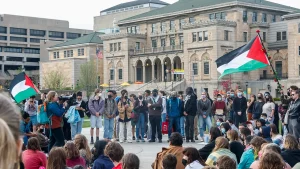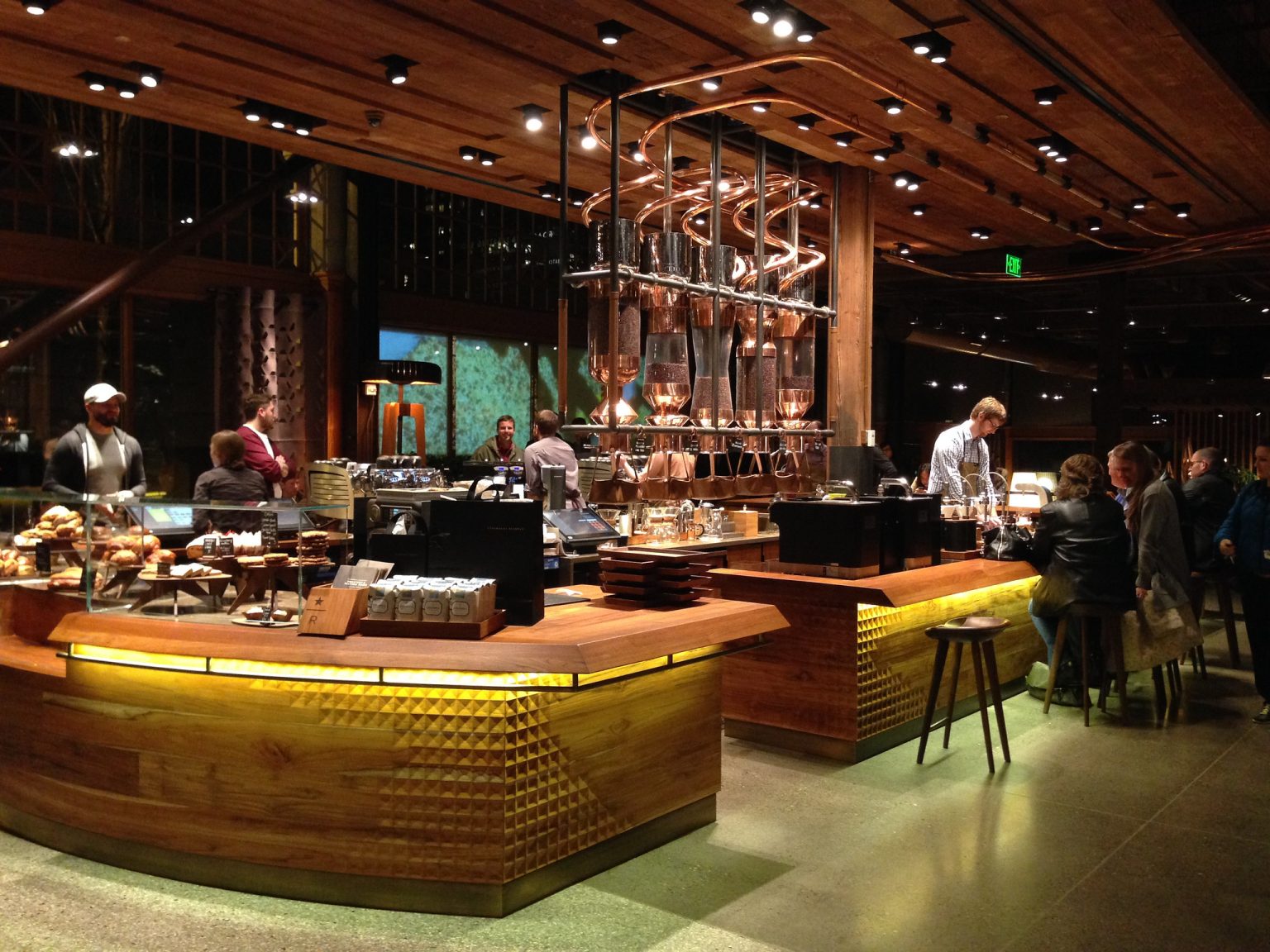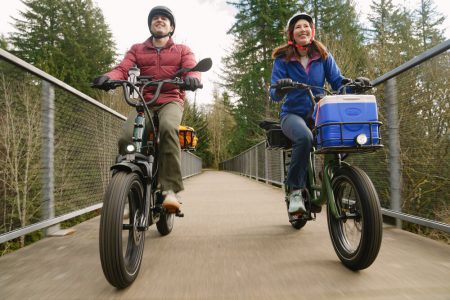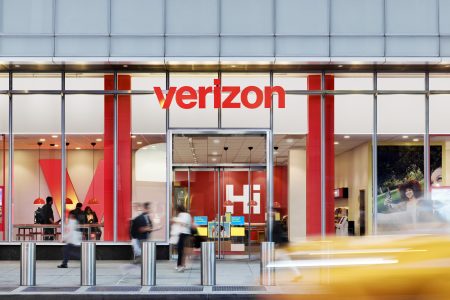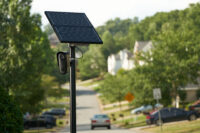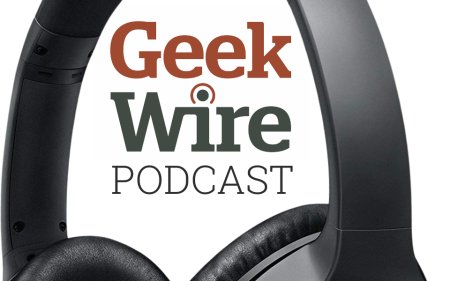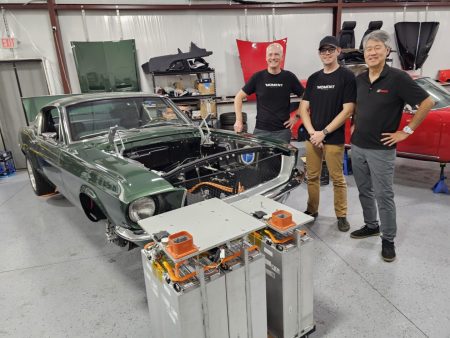The Fall of a Coffee Icon: Starbucks Closes Seattle’s Reserve Roastery
In a move that has shocked coffee enthusiasts and local residents alike, Starbucks has shuttered its flagship Reserve Roastery in Seattle’s Capitol Hill neighborhood. The closure comes nearly 11 years after this coffee wonderland first opened its doors in December 2014. What was once proudly referred to by former CEO Howard Schultz as the “Willy Wonka of coffee” now stands empty, its windows already boarded up by Thursday morning. This wasn’t just any Starbucks location—housed in a historic 1920s building that once served as an auto showroom, the $20 million facility represented the company’s most ambitious attempt to elevate the coffee experience. The closure is part of a larger restructuring effort announced by current CEO Brian Niccol, which includes laying off approximately 900 non-retail employees and shuttering underperforming stores across the U.S. and Canada. Even the Reserve store at the base of Starbucks’ corporate headquarters south of downtown Seattle couldn’t escape the chopping block.
The Reserve Roastery wasn’t merely a place to grab coffee—it was designed as an immersive journey into coffee craftsmanship. For Seattle, a city with deep coffee roots, the Roastery offered something special: a laboratory where coffee aficionados could witness and appreciate the entire bean-to-cup process. The facility featured a mixology bar where beverages were crafted using various brewing methods like Clover, pour-over, coffee press, Chemex, siphon, and cold brew—each designed to highlight different aspects of the coffee’s character. Technology was seamlessly integrated throughout the space, from sensors that prevented cross-contamination of coffee beans to a 4K projector displaying footage of Starbucks’ coffee farms on smart glass. The two roasters weren’t just for show; they were programmed to heat different types of beans at precise times and temperatures to maximize aroma, acidity, body, and flavor. This wasn’t just coffee; it was coffee elevated to an art form, with science and technology supporting every cup.
The closure represents more than just the loss of a unique coffee destination—it signals a significant shift in Starbucks’ corporate strategy under Niccol’s leadership. Since taking the helm after six successful years at Chipotle, Niccol has been tasked with revitalizing a company struggling with declining sales and mounting criticism over its complicated menu, long wait times, and rising prices. In April 2022, workers at the Roastery voted to unionize, adding another layer of complexity to the location’s operations during challenging times for the company. The sign posted at the closed Roastery, addressed to “Cap Hill neighbors and friends,” acknowledged the location’s special status as a “destination of coffee lovers from down the block and around the world”—a bittersweet farewell to a once-thriving coffee showcase.
This restructuring comes at a pivotal moment for Starbucks. According to Niccol, the company will conclude fiscal year 2025 with nearly 18,300 total Starbucks locations, both company-operated and licensed. Employees whose positions are being eliminated were scheduled to be notified the morning after the announcement, continuing a troubling trend that began earlier this year when Starbucks cut 1,100 corporate jobs in one of its largest layoffs ever. These moves reflect a company at a crossroads, attempting to redefine itself amid changing consumer preferences and economic pressures. While Starbucks had previously embraced technology as a competitive advantage—pioneering mobile ordering well before many competitors—this summer it announced the closure of smaller-format, tech-driven pickup-only stores, with Niccol criticizing them as “overly transactional and lacking the warmth and human connection that defines our brand.”
The Reserve Roastery’s closure marks the end of an era for Seattle’s coffee culture. When it opened in 2014, the Roastery represented Starbucks at its most ambitious and innovative—a place where the company could showcase its deep knowledge of coffee while experimenting with new techniques and flavors. It was designed not just as a retail location but as a destination that would draw coffee enthusiasts from around the world. The space combined theatrical elements with genuine coffee craftsmanship, creating an experience that couldn’t be replicated by competitors or even by other Starbucks locations. For Seattle residents, the Roastery was a point of pride—a place that reinforced the city’s reputation as a coffee capital and demonstrated how a local company that had gone global could still honor its roots and push the boundaries of what a coffee shop could be.
The boarded-up windows of the Roastery now stand as a visible symbol of Starbucks’ changing priorities and the challenges facing retail establishments in a post-pandemic world. As the company pivots back toward “warmth and human connection,” it leaves behind a vision of coffee as a high-tech, high-concept experience worth paying premium prices for. For the Capitol Hill neighborhood, losing this anchor establishment means not just fewer visitors but the disappearance of a space that combined community gathering place with tourist attraction. While Starbucks continues to operate thousands of locations worldwide, there was only one original Reserve Roastery in Seattle—the birthplace of the company and the spiritual home of its most devoted coffee lovers. Its closure doesn’t just represent a business decision; it’s the end of a particular vision of what Starbucks could be at its most ambitious and experimental. As Seattle’s coffee scene continues to evolve, the legacy of the Reserve Roastery will remain as a bold experiment in elevating the everyday experience of coffee consumption into something truly extraordinary.


